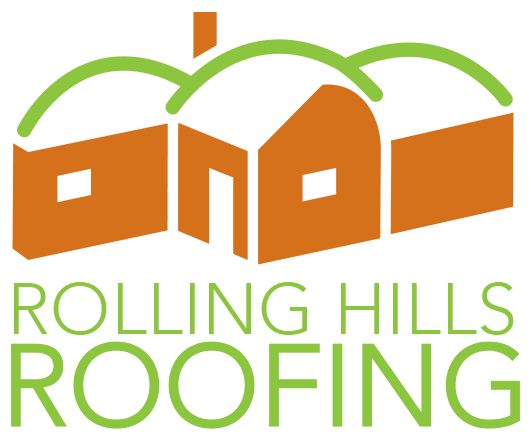Your Roof's Support System
Welcome back to our weekly series on roofing anatomy. We’re breaking down the different parts of your roof step by step so you can make informed decisions about your roof and keep your home safe!
This week, we’re covering an important part of what covers your home: your roof deck. Underneath all of those shingles is a layer of wood and a protective membrane called the underlayment.
The deck and underlayment are part of the entire roofing system, working together with the rest of your roof to accomplish several important goals:
Your roof deck is a secure foundation for roofing material and vents to attach to.
The underlayment works as a moisture barrier to block any water that makes it past your shingles.
Your roof valleys (where two roof slopes meet) direct water down the roof.
Let’s get started. There are three parts of your roof we’re covering today: The roof deck, underlayment, and roof valleys.
What is a roof deck?
Your home’s roof deck is the layer of sheeting in between the trusses and shingles.
These are typically built with OSB (pressed wood chips), plywood, or dimensional lumber. It provides a sturdy base layer for all of those shingles to sit on top of.
Having a dry and structurally sound roof deck is very important to the health of your roof.
Water damaged roof decks can lead to several serious problems:
Wet wood leads to mold and wood rot, putting you and your family in danger of health issues.
Rotting roof decks start to sag and can’t support as much weight, which can become a problem when it snows.
Impact to your wallet. Replacing your roof deck can be quite expensive.
Because your roof deck is so vital to the overall quality of your roof, we take extra care to inspect it when we first visit your home.
This is why we still pull out a ladder and walk your roof. Our hope is that we can tell you upfront if your roof deck is damaged and will need to be replaced.
If everything checks out and your roof deck is in good shape, we apply a protective barrier on top called an underlayment.
What is an underlayment?
The roof underlayment sits on top of the roof deck and helps protect it from moisture. We secure it to your roof using special nails with a plastic cap to keep it waterproof.
Your underlayment can provide emergency protection against water that makes it past the shingles.
More importantly, the underlayment also allows the roof to “breathe.”
For most of the year, attics in our area will have warm, moist air that needs to escape. Proper ventilation allows for most of this, and the underlayment lets the remaining water vapor pass outside without letting moisture back in.
Protecting from water is especially important at the area of your roof that sees the most water: Your roof valleys.
Above: An existing 3-tab shingle valley.
Above: The new valley and roof covered in architectural shingles.
What is a roof valley?
Your roof valley is the point where two slopes of your roof meet.
There are 3 kinds of valleys you’ll typically see on roofs: A woven valley, a closed valley, or a metal W valley.
On a woven valley, shingles weave together in an overlapping pattern. As the roofer moves up the roof, he switches the top shingle layer with each row, making a weave of shingles all the way up to the crest of the roof.
With a closed valley, shingles are installed on each roof slope. Shingles are overlapped, cut, and sealed to make a straight edge at the center of the valley. This makes a straight pathway for water to run down the roof.
Metal W valleys are not typically seen in our area. It involves getting a large piece of metal that sits in the center of a valley. It has a raised bump in the center that helps direct water downward. While we don’t typically use these, they can be specially requested.
Leak proof valleys are critical for three reasons:
The plywood decking is cut at the seam between the two slopes, so there’s a small gap between them that needs to be protected.
Water from both slopes of your roof meets here, so this section of your roof sees a lot more water flow that other areas.
Snow tends to gather and sit in the valley, leading to additional wear.
To keep your roof valleys leak proof, they need to be covered with ice and water shield.
Have you noticed any issues with your roof?
You can inspect your roof for common issues in less than 15 minutes. This guide will walk you through a self inspection of your roof.
If you would rather have a professional inspect your roof, you can schedule a free inspection in under 60 seconds through our site here.
Or, give us a call at (208) 301-6173 for a quick chat about your situation. We’re always happy to talk with homeowners in Moscow & Pullman!









